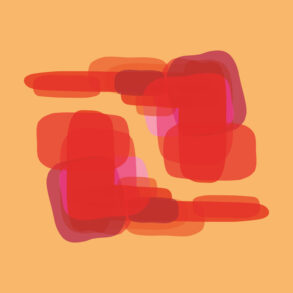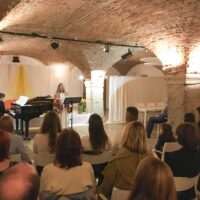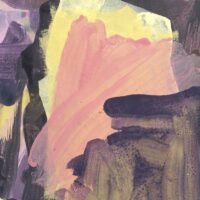The Christmas Conference of 1923: clarification of internal conflicts; encountering the criticism and malice in the media with a commitment to public openness; the moment of birth for organized anthroposophy. Now, 100 years later, the questions implicit in these original deeds are being asked anew. The impulse of Rudolf Steiner and his fellow workers is once again an inspiration, and now, after three generations, it is surely a part of history. Below are four pictures of how the founding moment can continue into its second century.
The Path Ahead of Us
Johannes Kronenberg
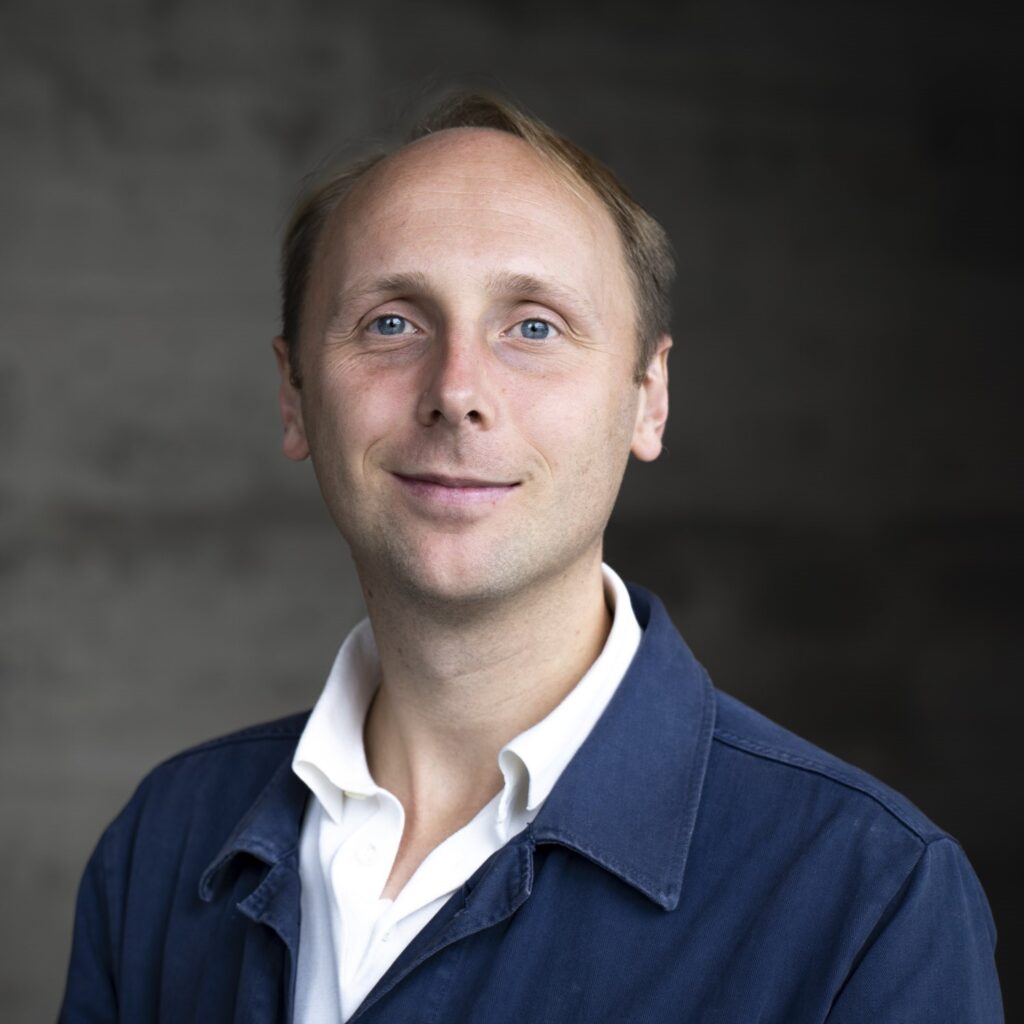
A radical act of fellowship—this is how we can understand the re-founding of the General Anthroposophical Society at Christmas 1923. The form chosen for this work—a cosmopolitan society, an association for all—directly claims the right of “freedom of assembly and association.” This had only been established as a right about half a century earlier, and only in 1948 was it declared a universal human right on a global level.1 This form allows the cultural-spiritual sphere to govern itself freely—such a form has been fought for and against for centuries and is gaining in relevance every day. This form asks us to take on responsibility. It carries the task and possibility of interweaving anthroposophy as a path of inner development, a schooling impulse, throughout the world in the broadest sense, thereby offering all our contemporaries access to questions concerning the spirituality of human beings, the Earth, and the cosmos. Now, after 100 years, this form is asking its members and workers: How is the work going? How are you doing? Where can we make progress—both in terms of our internal focus and our external tasks? Because the path ahead of us is long.
Three Impulses Around Money
Marc Desaules

With the founding of the Anthroposophical Society, Rudolf Steiner also created a new way of handling money. On December 28, 1923, for Statute 12, he formulated the idea that “[t]he membership fee is determined by the individual groups; however, each group must pay a fee for each of its members . . . to the central leadership at the Goetheanum.” This firm stance for the executive boards of the national groups is often still missing in the world today. The Circle of Treasurers points to this in particular, creating a greater sense of “our” Goetheanum. Then, on December 31, Rudolf Steiner said, “I am not presenting this as a wish, not as a possibility, but rather, only as an illusion, but a very real illusion. If we had 75 million francs, we would actually be able to do what is absolutely necessary. That is something that can perhaps at least be considered.” He had been inspired by the research results of Lili Kolisko, but was also consciously realistic concerning the willpower of his fellow workers. This appeal to anthroposophical research applies today more than ever. Do we have projects for the next ten years that are fighting for the existential survival of anthroposophy? Today, this money could be brought together. And on New Year’s Day, Steiner continued: “I do not believe that there is any objection to the creation of such a form of membership for a Goetheanum Association or the like, wherein one is not a member of the Anthroposophical Society.” The Fonds Goetheanum in Switzerland is such an attempt at a free membership; it has twice as many members as the [Swiss] National Society.
How We Create Connection
Karin Michael and Jean-Michel Florin
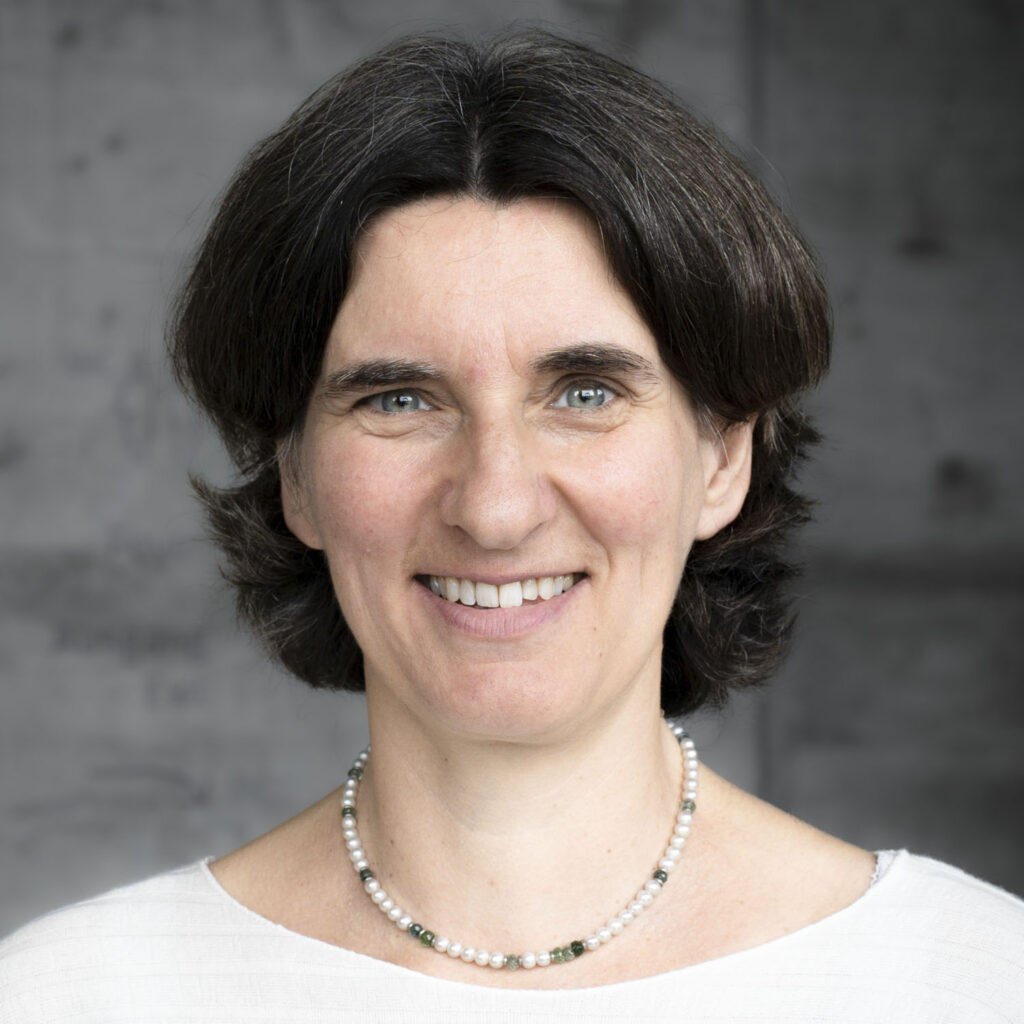
Life forces are dwindling in human beings and nature. We are already seeing that children and young people are no longer thriving in good health and strength. Instead, they experience exhaustion and burn-out and develop mental illnesses, especially eating disorders, anxiety, and depression, at ever earlier ages. In the unprecedented destruction of natural ecosystems, animals and plants are also weakened, and many species are becoming extinct. People suffer from numerous allergies and food intolerances. New infectious diseases threaten people and animals. What collaborative paths can we take to strengthen the life forces?

Nature, in the course of the year, shows us archetypes for this. One hundred years ago, as if speaking to our needs today, Rudolf Steiner gave a lecture on October 13, 1923, called “The Working Together of the Four Archangels throughout the Course of the Year.”2 He sheds light on how the “golden urns”3 of health and healing can be found with the help of the four archangels in nutrition, breathing, the nerve-sense system, and movement. With every breath, we are connected to the plant world in a healing way. In nutrition, perception, and thinking, we must consciously reshape our connections and reestablish a balance in order to bring about healing. At a time when conflicts, forces of separation, and destruction are asserting themselves, it is particularly important for us to discover how we can strengthen and support forces of connection and community building. This enormous task will only succeed with a fructifying collaboration and is only possible through the help of the angels.
Will for a New Spirituality
Nathaniel Williams
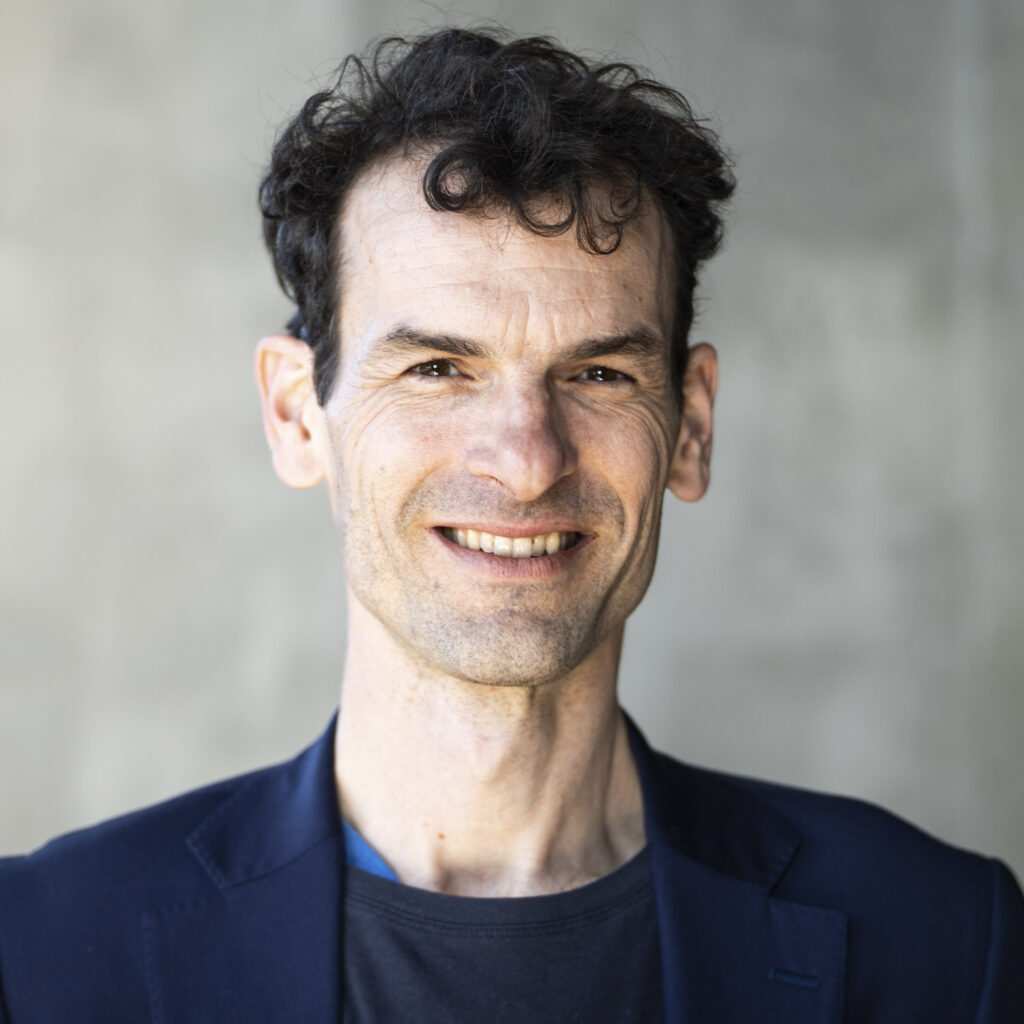
When founding the Anthroposophical Society a century ago, Rudolf Steiner emphasized the connection between the spirit of the times, complete openness, and transparency. He described this as a justified demand of the time and outlined it in the draft statutes for the Society, which he presented at the Christmas Conference in 1923. He suggested that these statutes should be simple and clear, so that they could be read and understood in 15 to 20 minutes, including pauses for reflection. He imagined a society that would provide inner orientation and cultivate contemplative research practices that would produce insights into the spirit in human beings and in the world.
At the center of the society was not a doctrine, a program, or a dogma, but rather a will that would lead to a new spirituality. Everything that resulted from this work—the insights and practical applications—was to be understandable for normal thinking, even if the methods themselves required practice, discipline, and a further development of normal consciousness. The society was to accept people regardless of their origin, race, gender, social status, or education. The only prerequisite was that they saw a justification for a place like the Goetheanum. This vision is accessible to so many people today because so many people are united by the trust and longing for a civil society based on what is human and humane.
Translation Joshua Kelberman
Title image Xue Li
Other Photos Xue Li; Marc Desaules, Source Anthroposophie.ch
Footnotes
- The United Nations proclaimed the Universal Declaration of Human Rights on Dec. 10, 1948. Article 20 (1): “Everyone has the right to freedom of peaceful assembly and association.”
- Rudolf Steiner, The Four Seasons and the Archangels: Experience of the Course of the Year in Four Cosmic Imaginations, CW 229 (Rudolf Steiner Press, 1996), lecture in Dornach on Oct. 13, 1923.
- Goethe, Faust, part 1, scene 1.




